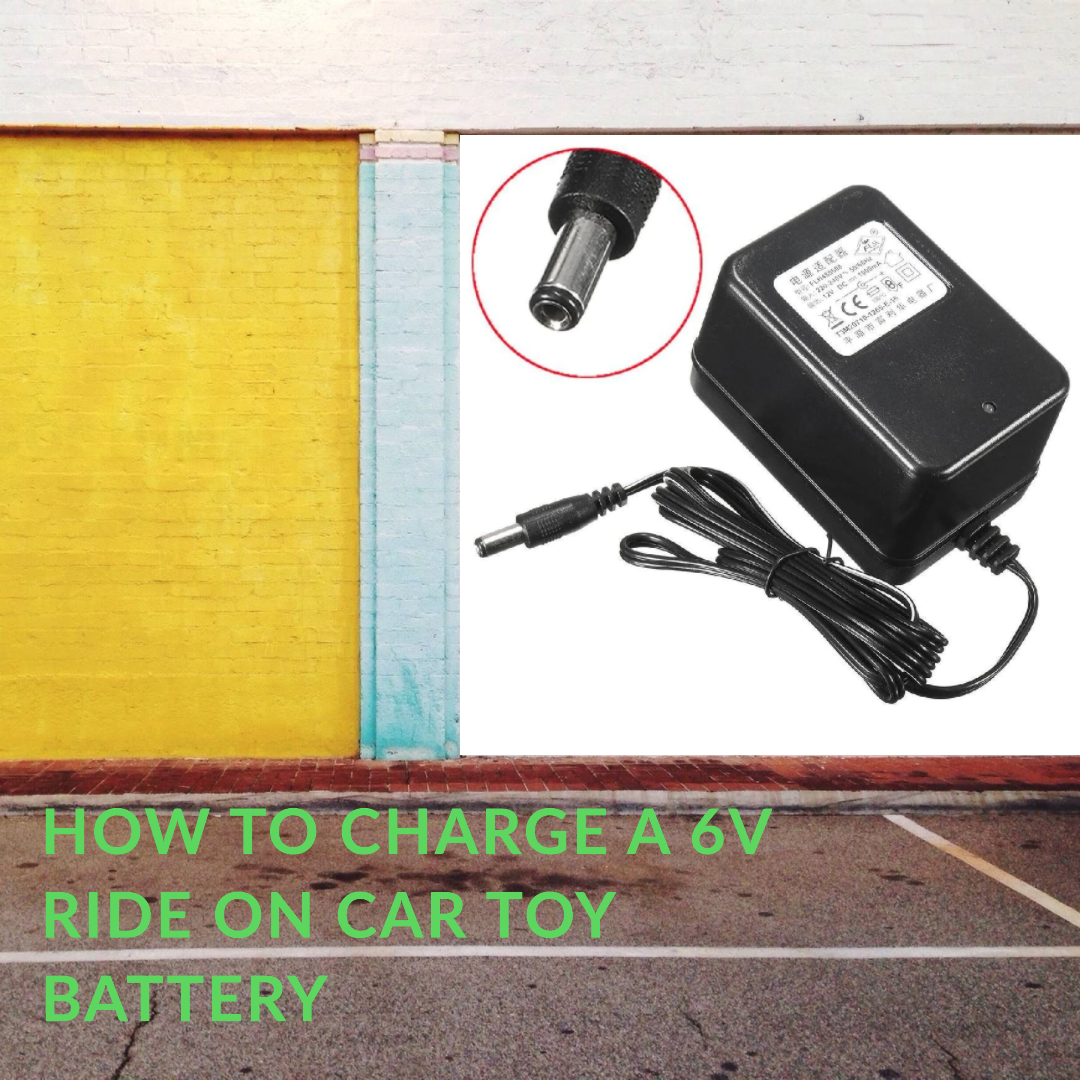Published: June 7, 2023
Updated: March 21, 2025
How to Charge a 6V Ride-On Car Toy Battery: A Simple Guide
Picture this: your child’s favorite ride-on car stops mid-zoom, and the joy turns to tears. A dead battery doesn’t have to ruin the fun. What if you could recharge it easily—no tech skills needed—and get them back on the road fast?
This step-by-step guide makes charging a 6V toy car battery a breeze. You’ll be ready to turn frustration into a quick fix, keeping playtime rolling.
Let’s dive in!
What You’ll Need
Before you start, gather these essentials:
- A 6V toy car battery
- A compatible 6V charger (check our charger collection)
- A reliable power outlet
- A voltmeter (optional, but handy)
Got everything? Watch this quick video for a visual rundown:
How to Charge a 6V Toy Car Battery
Step 1: Grab a 6V Charger
You’ll need a 6V charger—most ride-on cars come with one. Lost it? Pick up a replacement from our collection. Make sure it matches your battery—using the wrong voltage can damage it.
Step 2: Connect the Charger
Hook up the charger to the battery. Match the red (positive) lead to the positive terminal and the black (negative) lead to the negative terminal. Secure them tightly—loose connections slow charging and can be risky. Need more details? See our charging process guide.
Step 3: Plug It In
Plug the charger into a wall outlet or power source. Switch it on. Look for an LED light—usually yellow or red when charging starts—to confirm it’s working.
Step 4: Charge for the Right Time
A 6V battery takes about 18 hours to fully charge. Don’t exceed 30 hours—overcharging shortens its life and can overheat. Set a timer and check back.
Is It Fully Charged?
Here’s how to tell:
- LED Indicator: A green light on the charger often means it’s done. Yellow or red? It’s still charging.
- Voltmeter (Optional): Unplug the charger, set the voltmeter to DC voltage (10-20V range), and touch the red probe to the positive terminal, black to negative. A reading near 7V means full; below 6V means it needs more time.
Related: How to Know If Your Ride-On Car Is Charging
Troubleshooting Tips
Hit a snag? Try these fixes:
- Not Charging: Check connections and test the charger with a voltmeter. Faulty? Replace it.
- Slow Charging: Swap chargers or consider a new battery if it’s old.
- Overheating: Unplug immediately, let it cool, and inspect for damage.
Safety First
Keep it safe:
- Charge away from kids and flammable stuff.
- Never leave it unattended for too long.
- Use only a 6V charger—higher voltages can harm the battery.
Why Maintain Your Battery?
A little care goes a long way:
- Longer Life: Lasts 1-2 years with proper charging.
- Better Rides: Consistent power keeps the car zipping.
- Save Money: Fewer replacements mean more cash in your pocket.
Learn more in our battery maintenance guide.
Wrap-Up: Keep the Fun Rolling
Charging a 6V ride-on car battery is simple with the right tools and know-how. No more playtime meltdowns—just happy zooming. Ready to master it? You’ve got this!
Need a charger or more tips? Explore RiiRoo.com or chat with us live!
Frequently Asked Questions
Can I use a 12V charger on a 6V battery?
No—using a 12V charger risks overcharging and damaging the battery, or worse, causing it to overheat. Stick to a 6V charger.
How do I make my 6V battery last longer?
Avoid overcharging (stick to 18-30 hours), store it in a cool, dry place, and recharge before it’s fully drained. Skip extreme heat or cold, too.
Can a higher voltage battery make my toy car faster?
Not safely. A higher voltage (like 12V) could burn out the motor or circuits. Stick to 6V unless the car’s designed for more.
Got Questions? We’re Here! 🚗
Love this guide? Check out more at RiiRoo.com or hit our Live Chat!





Share:
Understanding Your Ride-On Car's Charging Process
How Long Does it Take to Charge a 6 Volt 4.5 Ah Lead Acid Battery?